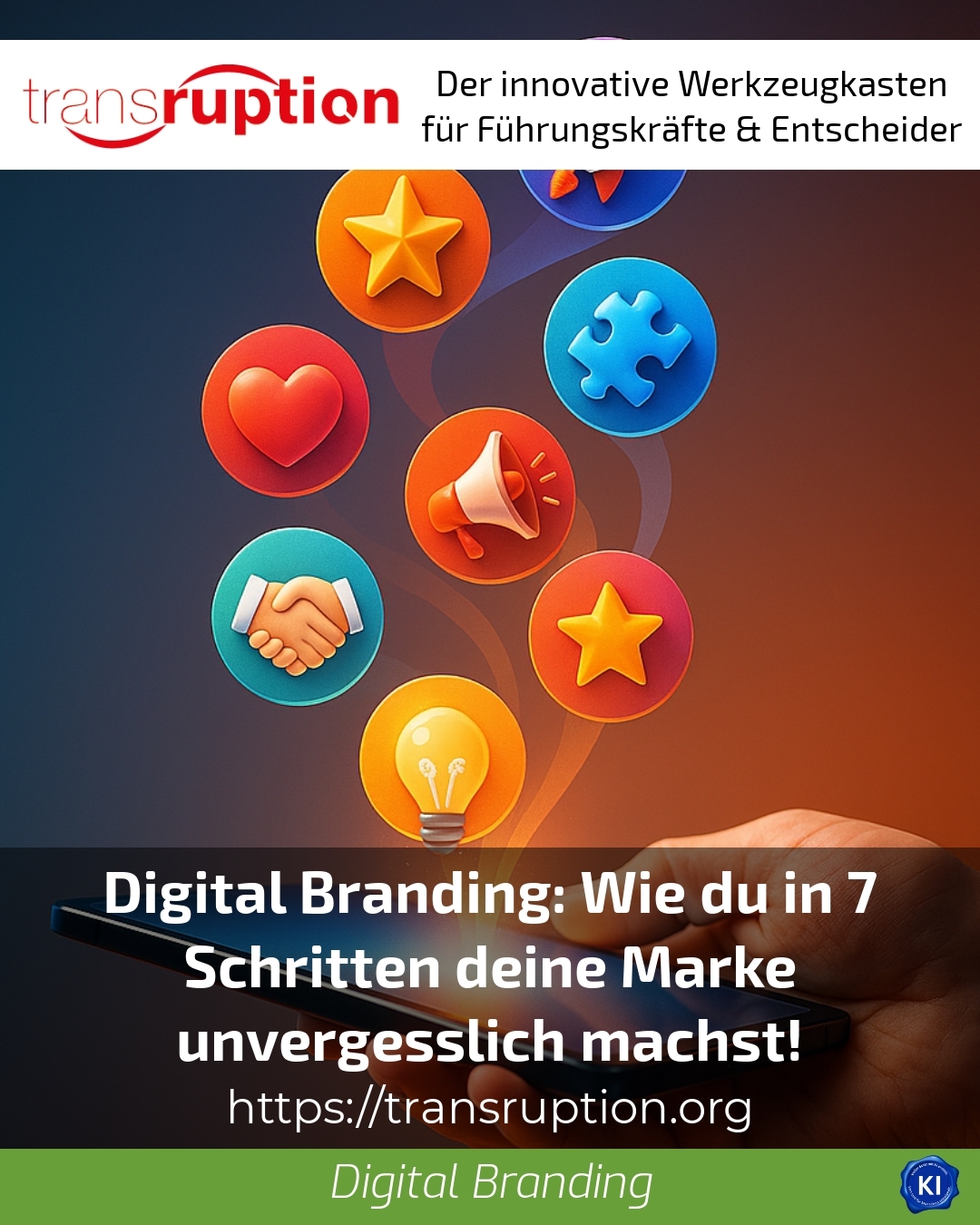Strategic target group analysis as a basis
The first step is to precisely define the target group in order to obtain an accurate picture of the future audience. Data obtained from surveys, user behaviour or market research is crucial. These facts can be used to create realistic buyer personas that help to customise content and messages.
For example, companies in the technology sector use detailed target group analyses to tailor their software solutions precisely to industry requirements. In the consumer goods sector, such personas help to recognise trends at an early stage and market products in a targeted manner. In the financial services sector, too, persona-based orientation makes it possible to offer customised solutions for different customer segments.
Creating a brand identity with an authentic personality
A strong brand identity goes far beyond the logo: it encompasses values, vision and a brand's very own tonality. These aspects must be conveyed consistently across all communication channels in order to be permanently anchored in the target group's perception. Authenticity and recognisability are the keys here.
In the automotive industry, brands develop personality profiles that combine functional performance with lifestyle to create an emotional bond. In the healthcare sector, companies convey trust and security with clear mission statements. In the lifestyle segment, brands rely on strong, unique stories that inspire and motivate their target groups.
KIROI BEST PRACTICE at company XYZ (name changed due to NDA contract) Thanks to a clear focus on sustainability and transparency, a brand identity was established that is perceived as credible and likeable by the target group. This was reflected both in the online presence and in product communication, which significantly increased customer loyalty.
Content strategy with a focus on storytelling
A targeted content plan is necessary to convey the brand values vividly. Storytelling as a method builds emotional connections and sets the brand apart from the competition. The content must always reflect the identity and message of the brand to ensure authenticity.
In the tourism industry, brands tell stories of experiences and culture that appeal to potential customers on an emotional level. In the fashion sector, collections are linked to inspiring background stories. In the financial sector, too, complex topics can be made appealing and understandable through narrative presentation.
KIROI BEST PRACTICE at company XYZ (name changed due to NDA contract) The brand was positioned as a problem solver through consistent storytelling in blog posts and on social media. Customer loyalty and reach increased measurably as the content was shared multiple times and commented on favourably.
Develop a standardised visual appearance
A well thought-out colour scheme, consistent typography and a recognisable logo form the visual foundation. These components are essential to ensure that the brand is highly recognisable in customer comparisons and in people's memories. Consistency across all media - whether digital or print - strengthens the brand image in the long term.
Luxury brands, for example, use carefully coordinated colour combinations to convey exclusivity and elegance. In the sporting goods sector, dynamic designs help to convey movement and innovation. In the education sector, institutional facilities also convey values such as seriousness and trust through uniform design.
Ensure targeted online presence and visibility
In addition to your own website, social networks, forums and guest posts on industry-relevant platforms are important channels. Expanding reach through content syndication increases brand awareness and positions the brand as an industry authority.
In the IT sector, companies regularly publish specialist articles on partner websites to demonstrate their expertise. In the fashion sector, brands use influencer collaborations to tap into new target groups. In the education sector, podcasts with expert interviews are chosen as a medium for additional reach.
KIROI BEST PRACTICE at company XYZ (name changed due to NDA contract) A steadily growing community was built up here through targeted publishing on external specialist blogs. This led to increased demand and an improved reputation among experts.
Continuous performance measurement and strategic adjustment
The effect of the measures must be monitored and analysed using suitable KPIs. On this basis, optimisations can be made in a targeted manner. Adaptability is crucial in order to react flexibly to market changes and customer feedback and to strengthen brand loyalty.
Examples from e-commerce show that regular performance checks of campaigns increase the conversion rate. In the B2B sector, customer surveys are used to specifically identify weak points. In the service sector, social listening tools help to recognise trends at an early stage and react accordingly.
Networking and mentoring as a growth driver
The exchange with industry experts and mentors supports personal and brand-related development. Valuable impulses can be gained through co-operation and knowledge transfer, which further strengthen the brand image and open up new opportunities.
In the creative industries, dialogue with established professionals is a source of inspiration and expertise. In the technology sector, partnerships promote innovation and visibility. In the healthcare sector, providers actively use networks to underpin their own expert status.
KIROI BEST PRACTICE at company XYZ (name changed due to NDA contract) Competitive advantages were achieved through a structured mentoring system, as the continuous dialogue with experienced industry players facilitated new strategies. This sustainably increased trust among customers and partners.
My analysis
The combination of well-founded target group analysis, an authentic brand identity, consistent storytelling and a uniform visual appearance creates a strong and memorable presence. Continuous evaluation and adaptation as well as targeted networking form the foundation for sustainable success. This applies across all industries and can be seen in a variety of examples from a wide range of business sectors.
Further links from the text above:
[1] Your online marketing strategy in 7 steps!
[2] Found your own brand: Your guide in 7 steps
[3] 7 steps to a digital marketing strategy - summ-it
[4] Personal brand: 7 steps to personal branding
[5] Content strategy: 7 steps to a storytelling brand


























